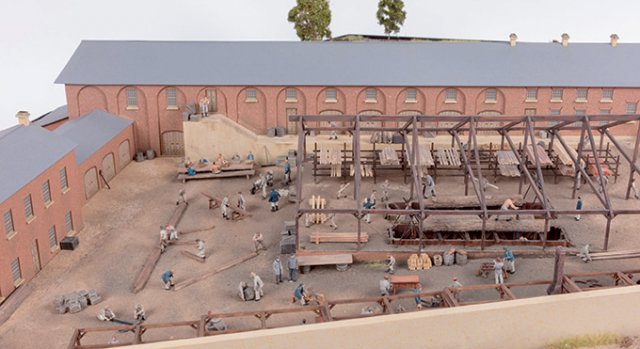The changing convict experience: forced migration to Australia
Historian article

Edward Washington explores the story of William Noah who was sentenced to death for burglary in 1797 at the age of 43. He, and two others, were found guilty of breaking and entering the dwelling-house of Cuthbert Hilton, on the night of the 13 February. From Newgate Prison he was taken to the transport ship Hillsborough. The story of William, and other convicts like him, reminds us that all migration was not voluntary.
Despite its reputation as a ‘fatal shore’, New South Wales was an ever-changing place. As a result, the experience of convicts, particularly during the colony’s first half century, altered dramatically from decade to decade. In the decades after 1788, convicts stepping ashore from transport ships entered a farming and trading settlement highly dependent on their skills and enterprise. As the colony spread and the population increased with ex-convicts and free settlers, the character of New South Wales pivoted from a place where convicts and their families underpinned the economy, and dominated colonial life, to a society in which convicts were increasingly sidelined...
This resource is FREE for Student HA Members.
Non HA Members can get instant access for £2.49

